The quest of the MMA and preferably the UFC bring the ancient gladiators fight with which many fans devour the priceless thirst for victory from the chosen fighters. The gladiators might have transformed and the need for glory is stupefied in all the modern-day mix-martial artist…
Though every fighter has his or her own way of fighting the ultimate challenge is to be victorious while standing tall at the centre of the arena and if the fighter couldn’t knockout his opponent, it is better to accrue the highest point to be a winner.
More also, boxing as a profession might have stood tall along other fighting sports, but the rise of MMA in recent times is a sure thing that it isn’t far enough from the podium, and what brought the enthusiasm to MMA is the rules of insulation all more of fighting techniques beyond a specified ones.
However, boxers may soak up more attention (and earn larger paydays) than most MMA fighters, but a fighting series like UFC isn’t any easier on the athletes involved. In fact, one of the biggest reasons that fans enjoy watching MMA fights is the use of mixed martial arts—just like the title hints.
Boxers tend to fall into one of four categories in terms of style: swarmer, out-boxer, boxer-puncher, and slugger. MMA fighters, on the other hand, are drawing from over a dozen unique fighting styles from around the world. Some, like Brazilian Jiu-Jitsu, draw on traditions from opposite sides of the planet.
There’s a lot for the savvy fan to follow, from leg sweeps to ankle picks to elbow strikes to hooks. The more familiar a fan is with different fighting traditions, the more satisfying it is to watch, and a fight in the Octagon. In fact, when analysts at sports betting review sites like OddsChecker release their MMA odds, one of the more important elements they study is a fighter’s style and predispositions.
Meanwhile, the fighter also prepares for their next opponent by closely studying which forms they use the most—and where there might be openings. Keep reading for a quick summary of the most common traditions that MMA fighters draw on. However, there are some fighters who have learned how to combine most of the fighting combination.
Boxing
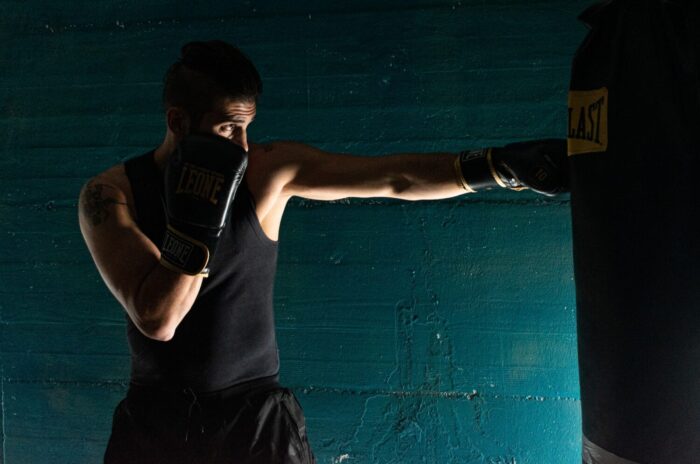
Source: unsplash.com
Boxing training offers quite a few advantages for MMA fighters. First and foremost, the power of the jab is indispensable. Knowing when and how to land a powerful strike with the hands has been a game-changer for fighters like Junior Dos Santos.
Beyond the advantage of the jab, a boxing point can destabilize the opponent giving the puncher an advantage to pounce on his opponent without remorse. For instance, the like of Kamoru Usman despite having a strong kick relies on the power and strength of his punch to have an edge over his opponent, and without a doubt, it has been working for him
Sanshou (or San Da)
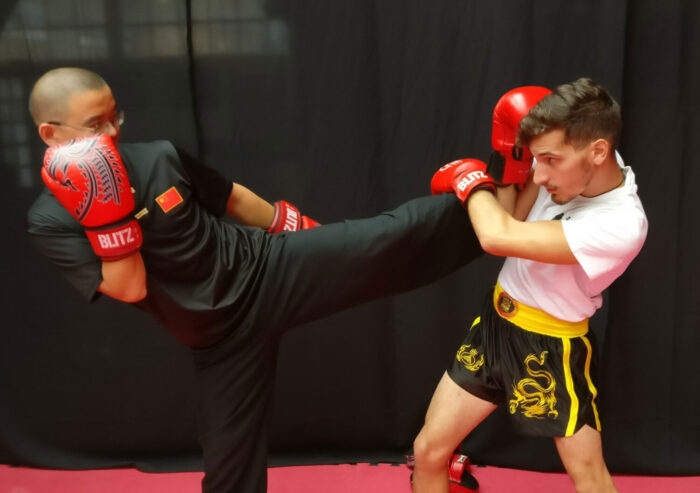
Source: tang-long.co.uk
Sanshou is a fighting style from China, which is similar to kung fu. The fighting style emphasizes striking with the hands and legs. The idea is to take down an opponent using creative moves, from spin kicks to swirling punches.
The merit of this fighting style exposes it’s flaws because the power of the fighter style ensures that the fighter must hold a great balance on his or her stand leg and a slight shake could give an advantage to the opponent. But it’s a masterstroke when it’s mastered to its fullest.
Jiu-Jitsu & Brazilian Jiu-Jitsu
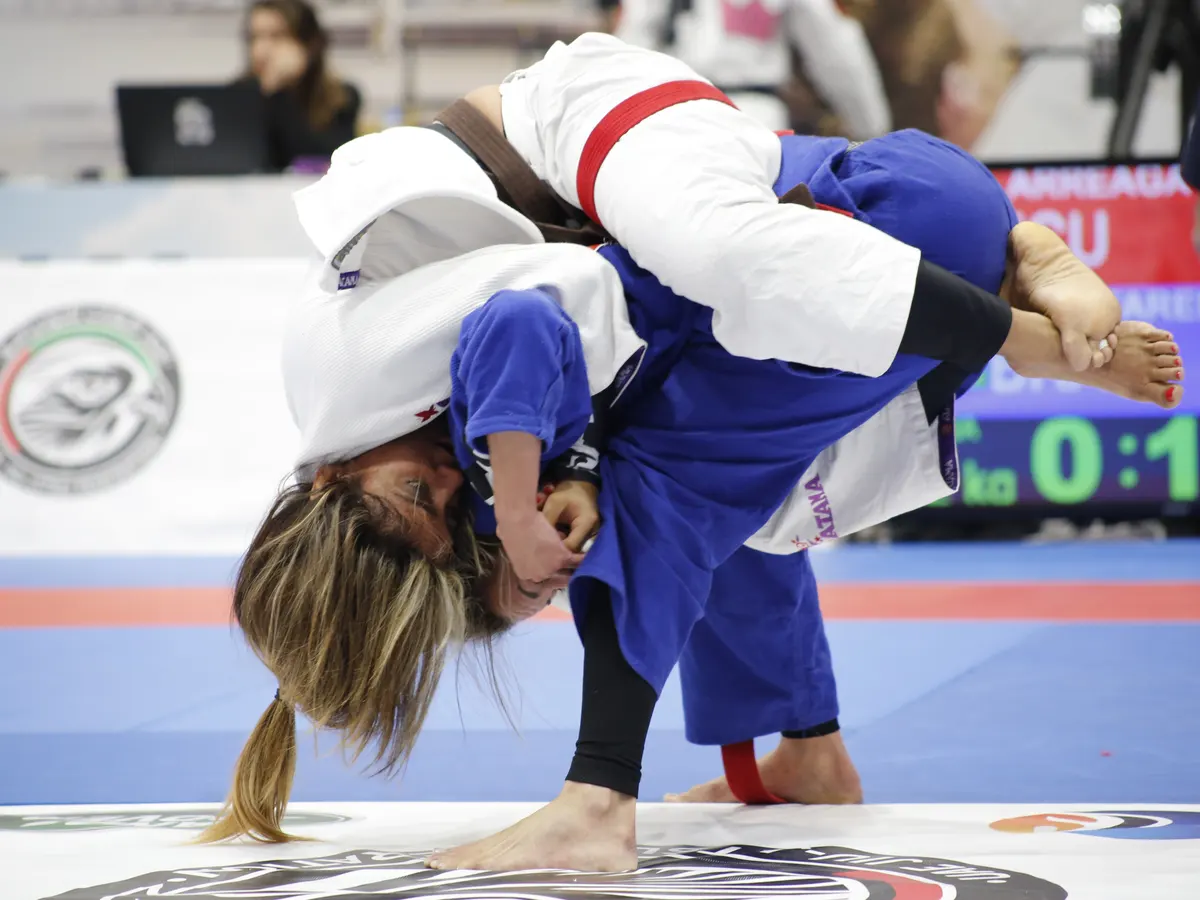
Source: theguardian.com
Jujutsu was first practiced in Japan back in the 1600s. The fighting style covers close-quarters combat to take down or immobilize an opponent, making it perfect for cage matches. Brazilian Jiujitsu is a modern iteration of jujutsu that developed in Brazil in the early 1900s.
Brazilian Jiu-Jitsu (BJJ for short) is one of the cornerstones of modern MMA fighting. BJJ focuses on controlling the opponent by using submission techniques, including joint locks and chokeholds. The idea behind BJJ is that a smaller fighter can use leverage and weight distribution to take on a larger opponent.
Freestyle Wrestling (vs. Greco-Roman)
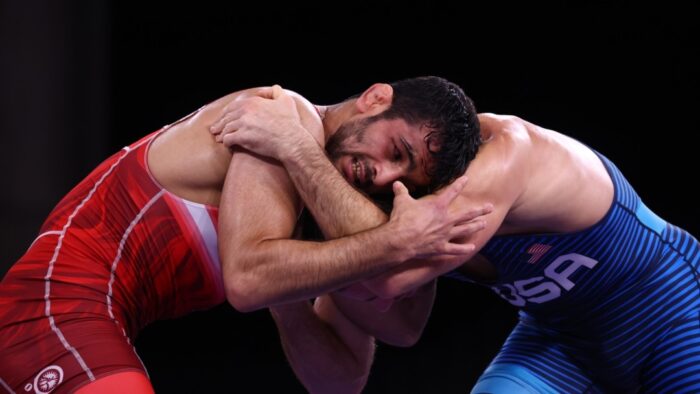
Source: rferl.org
Freestyle wrestling is a type of mat wrestling that lets opponents use their legs. Greco-Roman wrestling, on the other hand, forbids holding below the waist—which leads to more throwing. Many fighters in the UFC today have a background in wrestling.
Both types of wrestling encourage cardio fitness and all-out strength. The idea is that the striking moves common in other martial arts forms aren’t as effective if an opponent can get you on the mat and pin you—after all, BJJ is most effective when an opponent is already down.
Taekwondo
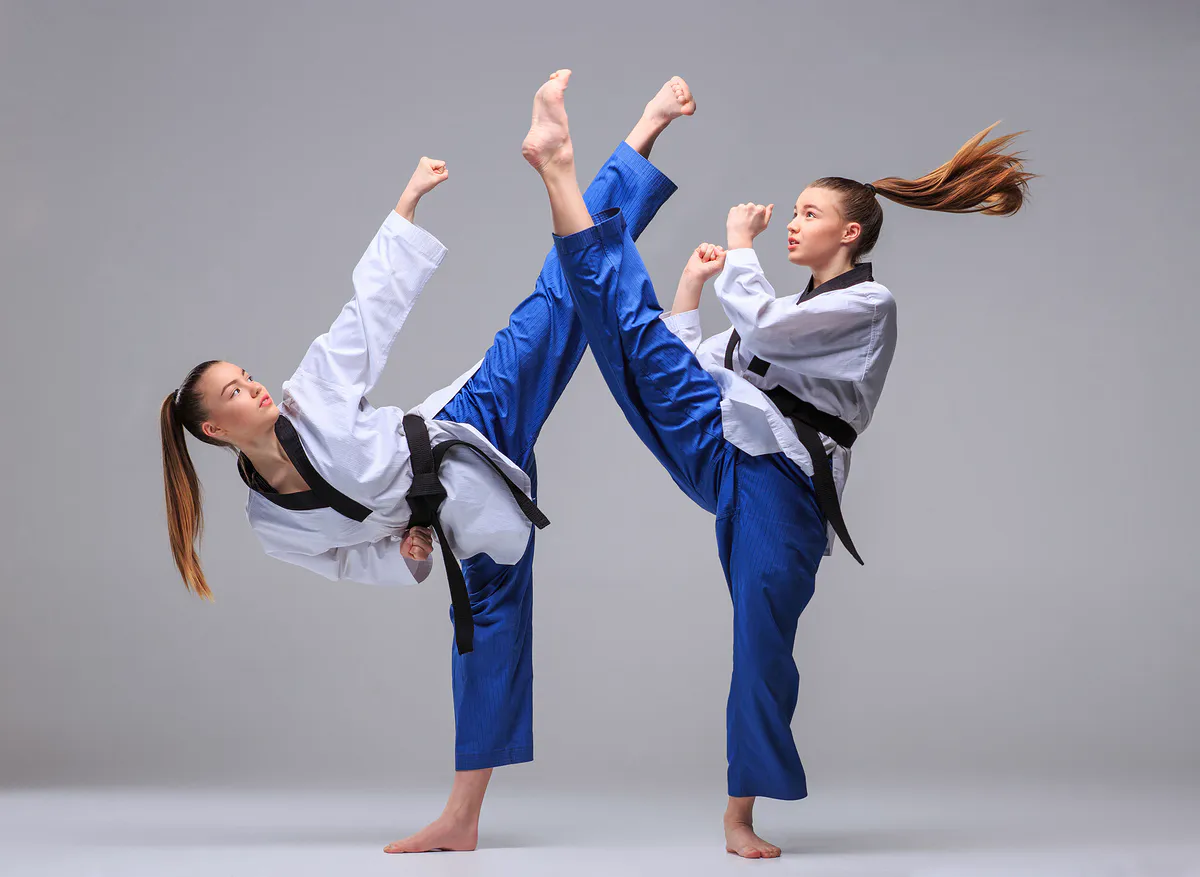
Source: kobieta.wp.pl
This martial art comes from Korea. The fighting style emphasizes striking and kicking, which can be used to diffuse an attack or take the offensive. If you’ve ever seen a head-height kick in action, the fighter likely has taekwondo training.
Despite the popularity of taekwondo, it’s essence in MMA is too rigid and might be practical for MMA fighters, but it thus gives leverage to the fighter to combat an opposition in an open space although, a closer look makes it look like the opposite of Judo
But like all fighting skills that have, it’s advantages and disadvantages, taekwondo certainly comes with a plethora of advantages and while it brought skills, showboating, and beauty to MMA, it certainly makes the audience rally around the taekwondo fighter but it’s demerit has ensured that many figures have less consideration for it.
Judo
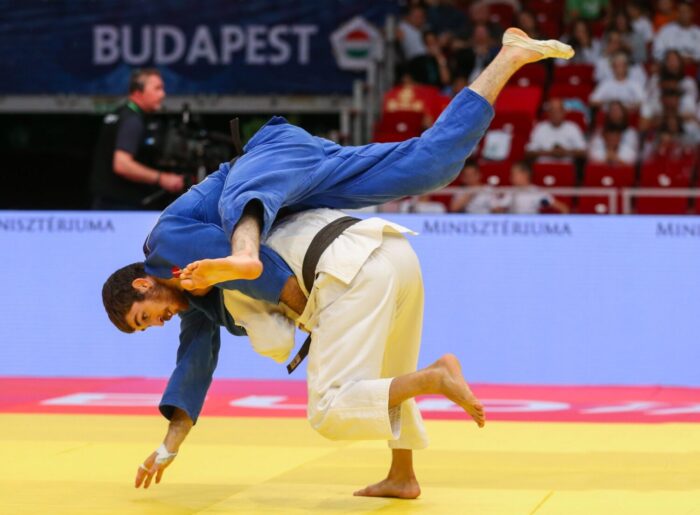
Source: ijf.org
Judo is a fighting style that originated from jujutsu in Japan during the late 1800s. Similar to its predecessor, judo fighters work to throw opponents, then force them to submit with chokes or joint locks.
Once again, the idea is to use intelligent force to take on an opponent, even if they’re larger and stronger. Moreover, different actions for the different occasion has made judo evolve in the MMA industry as it’s used by many to escape choking because judo is predominantly used as a means to defend rather than attack
Having been a to maneuver a tight spot with judo cones in handing but the ability to turn defense to attack is absolutely a stage for MMA enthusiasts and this makes most UF. The fighter opted for judo.
